2017 Toyota Highlander and Highlander Hybrid Review: First Drive

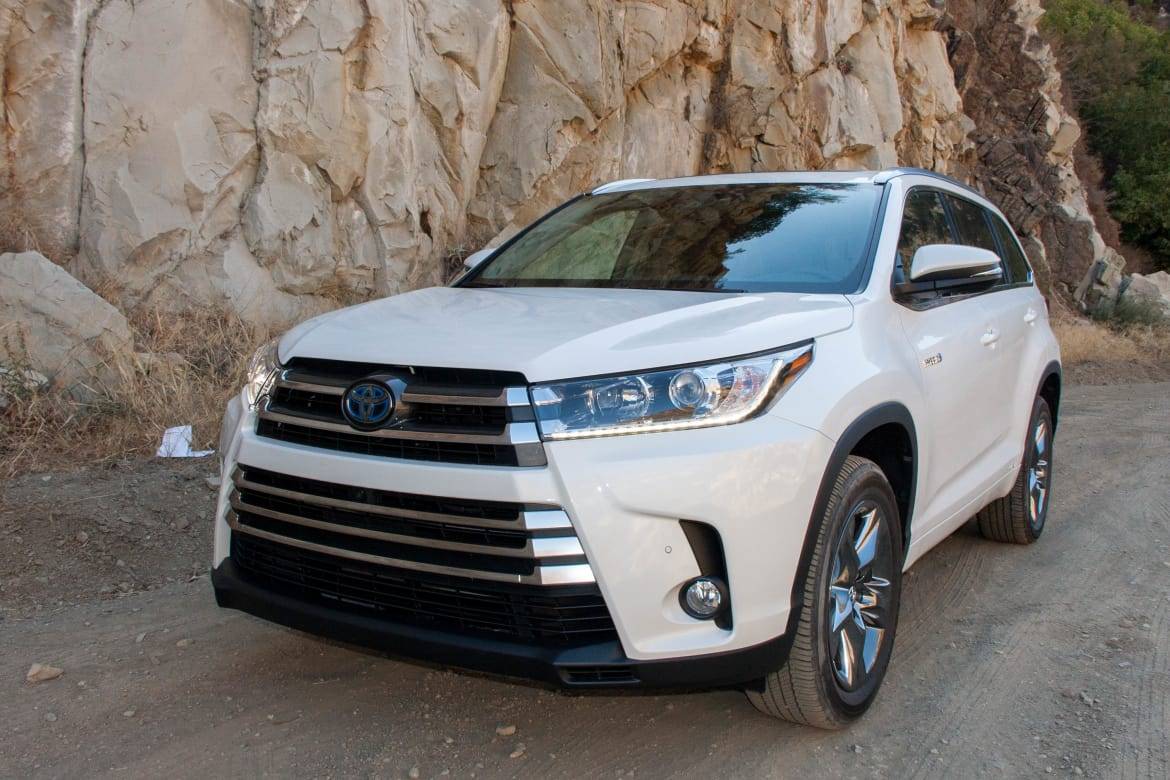
CARS.COM — We learned about the 2017 Toyota Highlander at the New York International Auto Show earlier this year, the updates of which touch most parts of the three-row, mid-size SUV, including the exterior styling, safety technology and under the hood.
Related: 2017 Toyota Highlander Video Review
Toyota has introduced the new sport-styled SE for the Highlander. That grade joins the LE, XLE, Limited and Limited Platinum to give the Highlander a total of five trim levels.
Similarly, the Toyota Highlander Hybrid gets vastly expanded trim offerings. Last year’s model was available only as a Limited or Limited Platinum, but the 2017 comes in every trim except the SE to serve hybrid shoppers who prefer more affordable trims. Where the Highlander Hybrid previously maxed out at seven seats, it now joins the regular model in offering seven or eight.
I drove both the Highlander and Highlander Hybrid to see if and how the changes affect the refreshed SUV.
How It Drives
The new powertrain in the Highlander is identical to the one found in the updated 2017 Sienna minivan and 2017 Tacoma pickup truck but features a different transmission. The Highlander now offers a 295-horsepower, 3.5-liter V-6 that makes 263 pounds-feet of torque and is mated to an eight-speed automatic transmission. This engine is found in both the gasoline and hybrid versions of the Highlander, though the hybrid adds batteries and two electric motors for a total output of 306 hp. Last year’s 185-hp, 2.7-liter four-cylinder engine carries over as the base engine mated to a six-speed automatic.
A few of our editors recently tested out the drivetrain in the Sienna and suffice it to say, they weren’t thrilled with the setup, calling it “one big meh.” I didn’t find the setup to be as offensive as my colleagues did. The Highlander is about 300 pounds lighter than the Sienna and it makes a difference. Acceleration is still sluggish at lower speeds, but on the highway, the drivetrain performs fine once you’re at speed. It holds gears and offers plenty of power for passing, which is an improvement on the Tacoma and its shift-happy six-speed automatic.
SE models, despite what its name and sportier appearance would suggest, don’t offer much tangible performance gain. Its suspension updates don’t really change the driving experience. The SE may be a touch firmer in the way it rides, but in the corners it rolls just like the rest of the Highlanders. This SUV doesn’t like to be pushed, and that’s fine. It will handle all day-to-day tasks without strain.
I preferred the driving experience of the Hybrid, in fact. It has the same V-6 engine under the hood but, with batteries and an electric motor to help it along, acceleration at low speeds feels a bit brisker. It pitches and rolls a bit more than I’d like, but that’s a trait it shares with the gas version. And I’ll gladly take the extra fuel economy: Hybrid models beat the gas-only V-6 AWD versions by 6 mpg combined.
Toyota said previously that the new powertrain’s gas mileage would compare to last year’s V-6 thanks in part to a new start-stop system. The 2017 Highlander beats the 2016 model when equipped with the V-6 by 2 mpg combined across the board. Front-wheel-drive V-6 LE models get an EPA-estimated 20/27/23 mpg city/highway/combined, while all other trims are 1 mpg better in the city. Bump up to the all-wheel-drive V-6 and the LE gets 19/26/22 mpg; the other four trim levels are all 1 mpg better (20/27/23 mpg). The Highlander Hybrid only comes with AWD and gets an estimated 30/28/29 mpg in LE guise and 29/27/28 mpg in the other trims.
Interior Updates
The Limited and Limited Platinum trims are offered with a new tan leather option that Toyota says is taken straight from Lexus. That makes sense, as it’s some of the nicest seating material I’ve seen and felt in a non-luxury vehicle.
Although the 2017’s dimensions are identical to last year’s, there’s a change in the seating area that makes the Highlander more flexible: an additional 1.4 inches of forward and back travel for the sliding second row. Not only does this make the third row seats easier to access, it also offers extra third-row legroom that was sorely lacking in the previous year’s model. I set the driver’s seat in my driving position (I’m almost 6 feet tall) and moved the second-row seat forward as far as possible while still giving my knees space. When I jumped back into the third row, I was pleasantly surprised — it felt like there was more room than in the previous-generation Highlander. There is still a high floor, which elevates your knees a bit, so I still wouldn’t recommend the third row to a grown-up for a road trip.
The Highlander has some very family-friendly features, including a storage shelf that extends from beneath the center display to the passenger door above the glove compartment — perfect for phones and sunglasses — as well as five USB ports (three up front and two in the second row), some only for device-charging purposes. There are also two 12-volt outlets, so as long as you have enough cables, that should be enough to keep all of the devices powered.
Safety Updates
The biggest change for 2017 might be the inclusion of Toyota Safety Sense P, which is standard across all trim levels. This includes forward collision warning with pedestrian detection, automatic emergency braking, lane departure warning with steering assist, automatic high beams and adaptive cruise control. That’s a serious amount of kit to come standard. Also new for 2017 is a 360-degree camera system for easier low-speed maneuvering, which was invaluable since I couldn’t clearly see the front overhangs from the driver seat.
Conclusion
Though the Highlander’s vague road manners haven’t been fixed and the new powertrain doesn’t offer the performance gains I’d hoped for, it does offer better fuel economy, and there’s no denying that the updates for 2017 move the Highlander forward. The interior is more flexible, charging ports are now everywhere and safety features have taken a big leap forward.
The end result is a safer vehicle that offers better value with its lower trim levels and more luxury with the higher trims, especially the Limited Platinum. And with buyers in this segment not as picky about the driving experience as some others, the Highlander’s family-friendly features and focus on safety should serve it well.

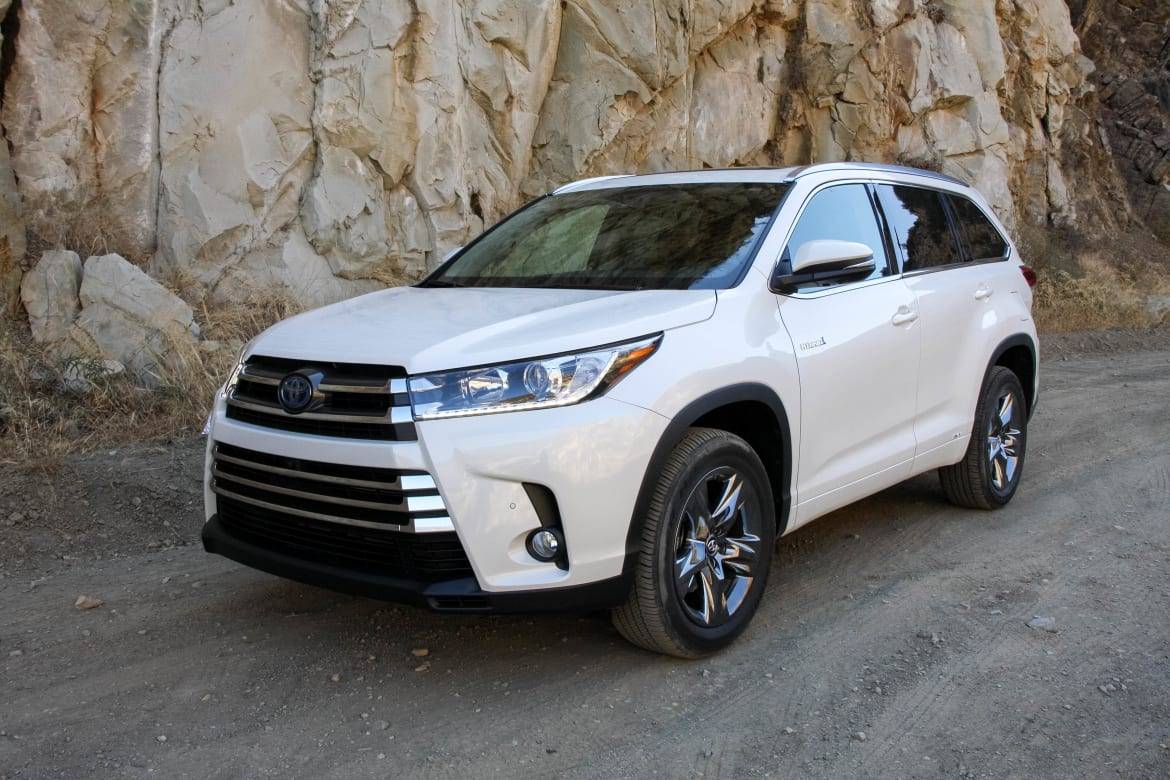
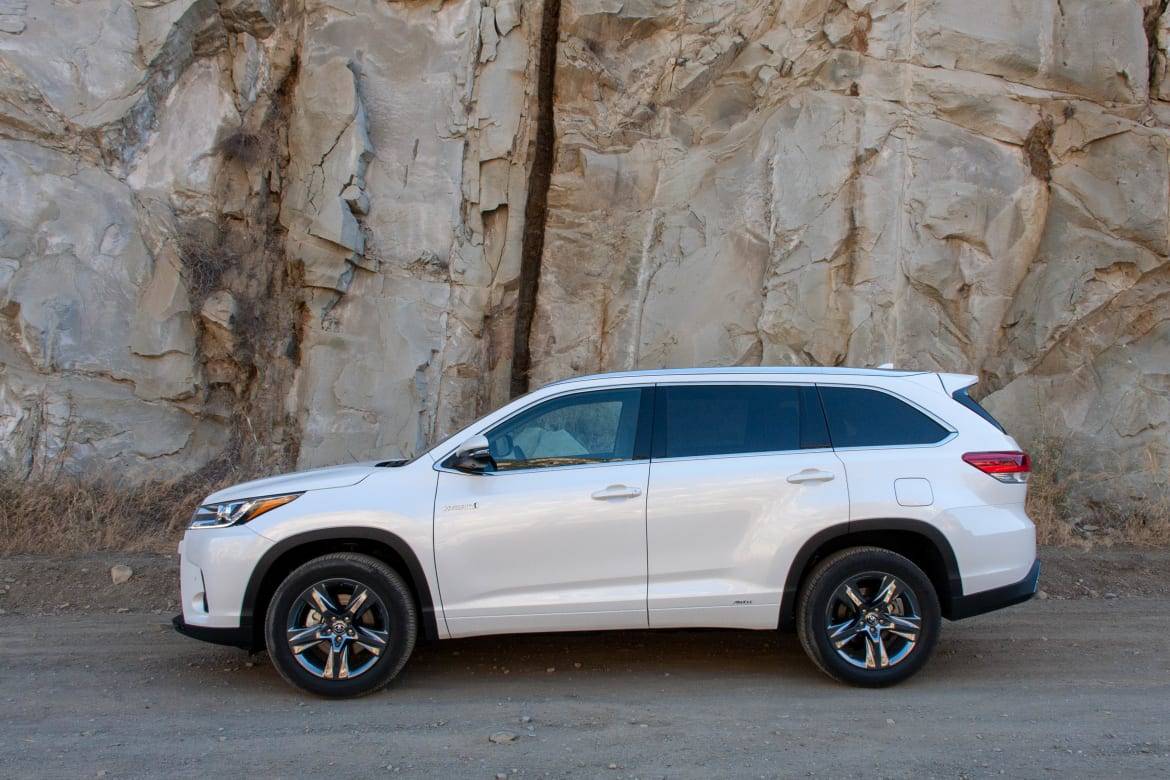
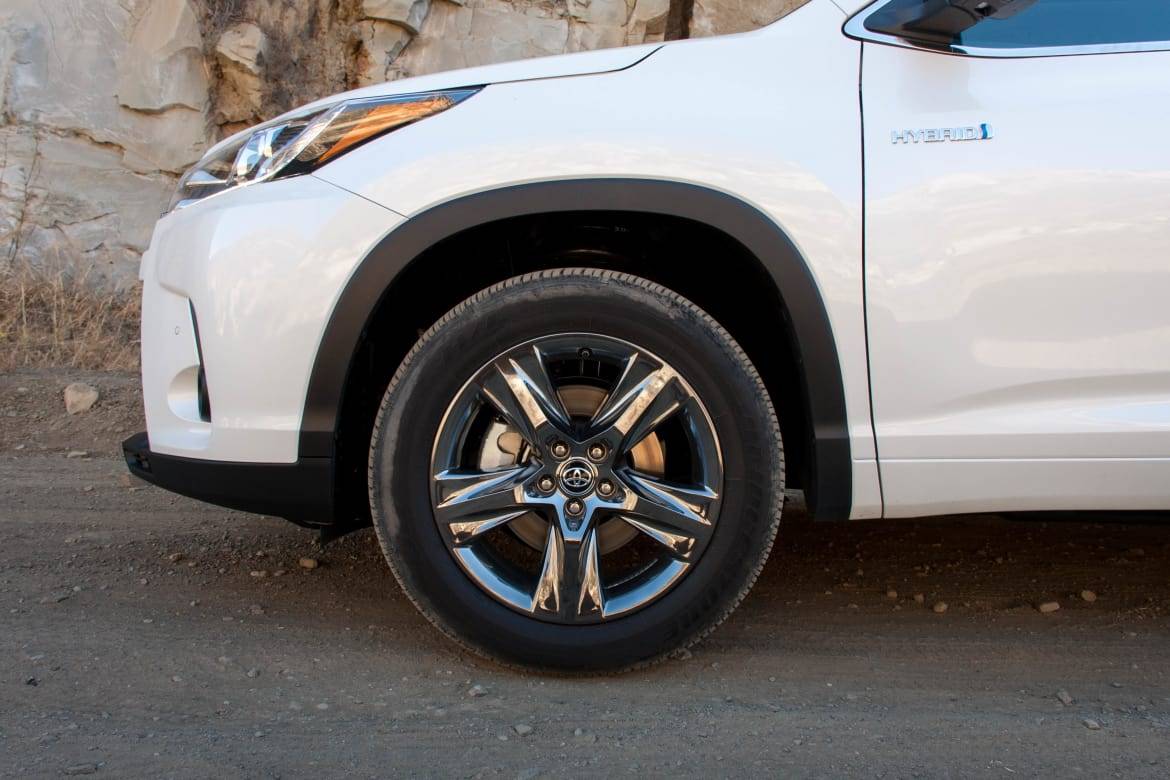
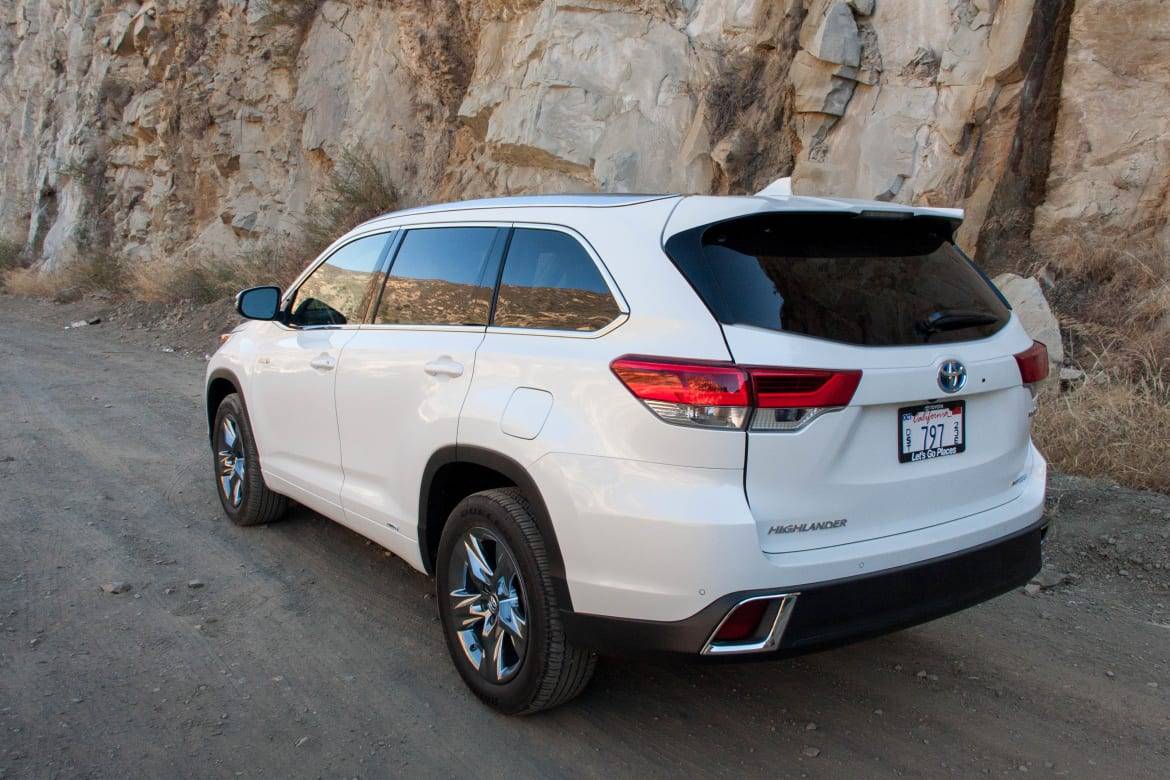
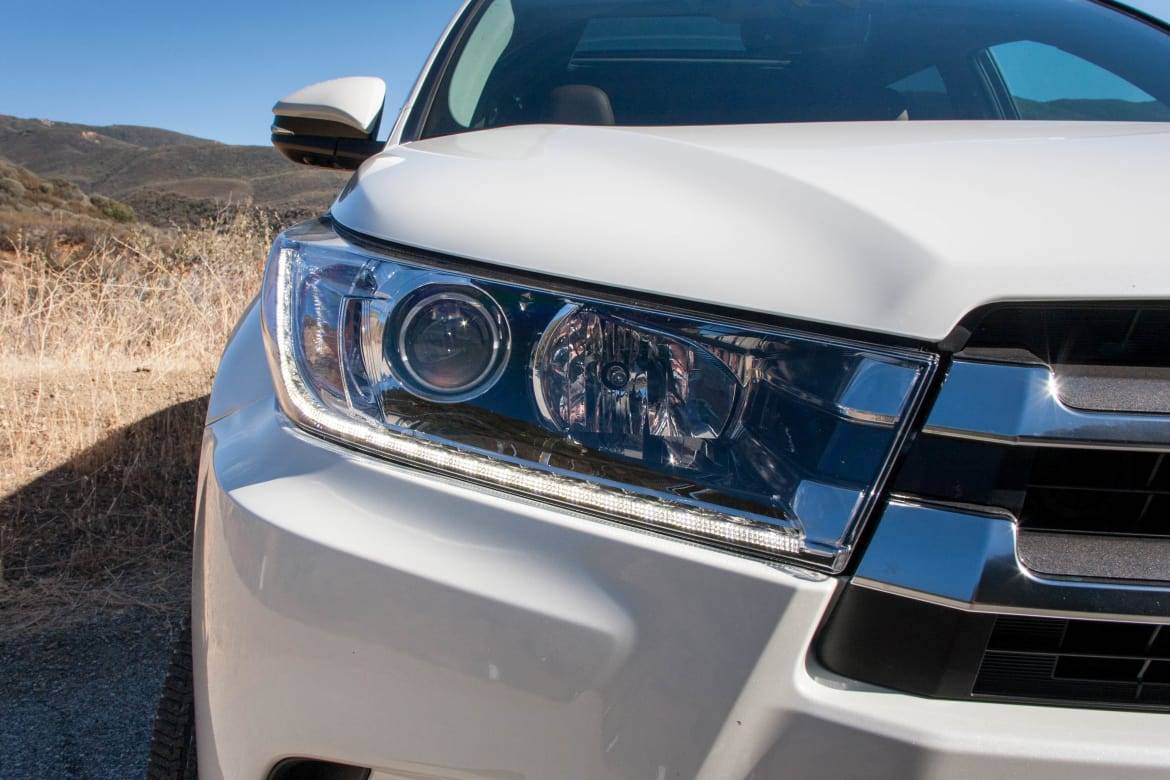

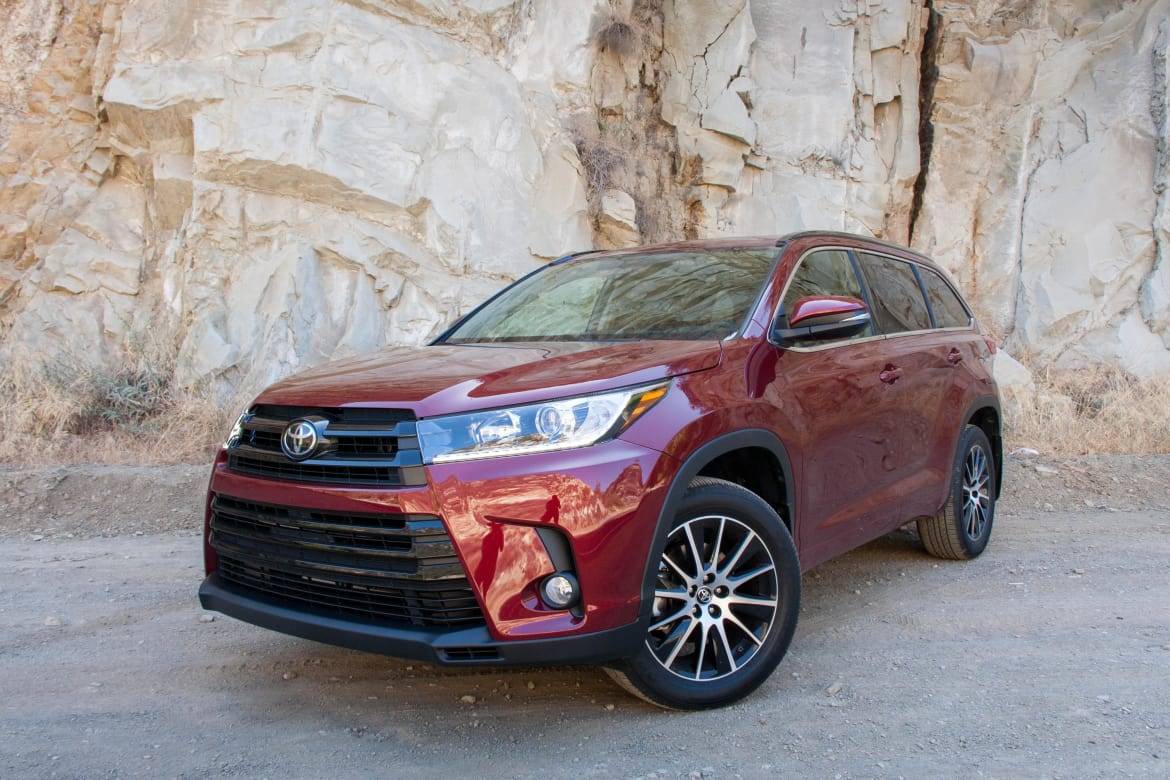
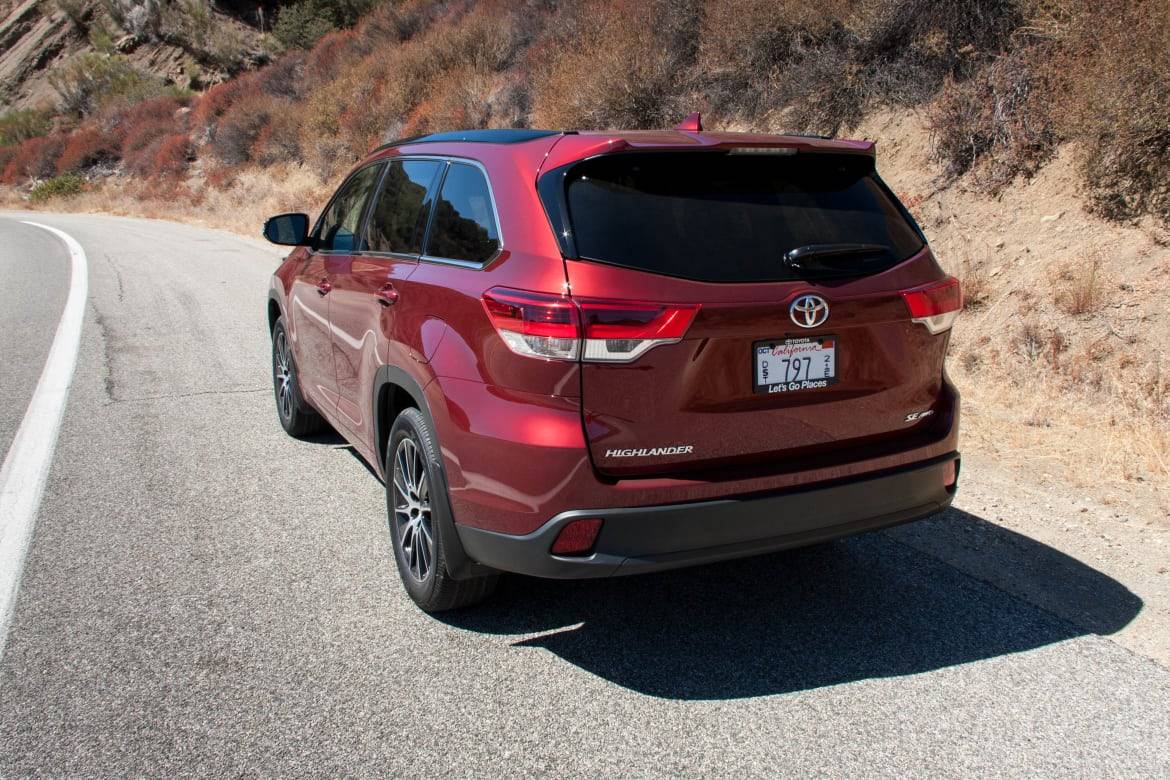
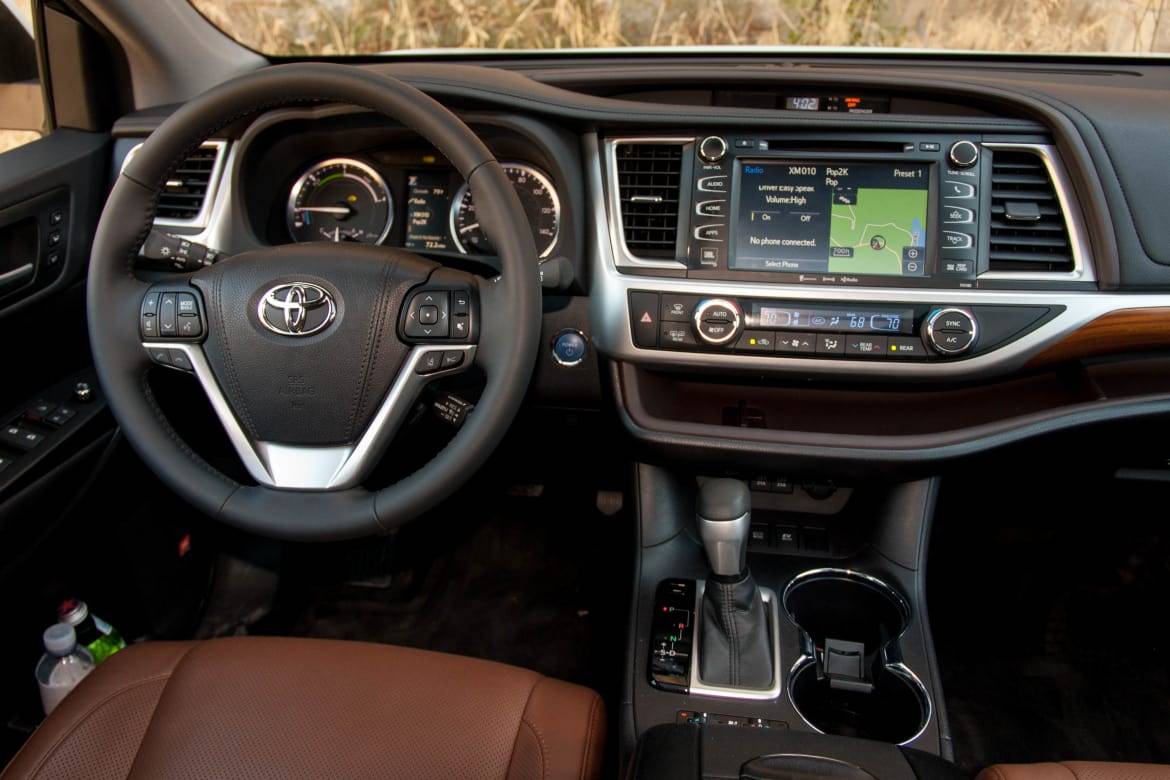
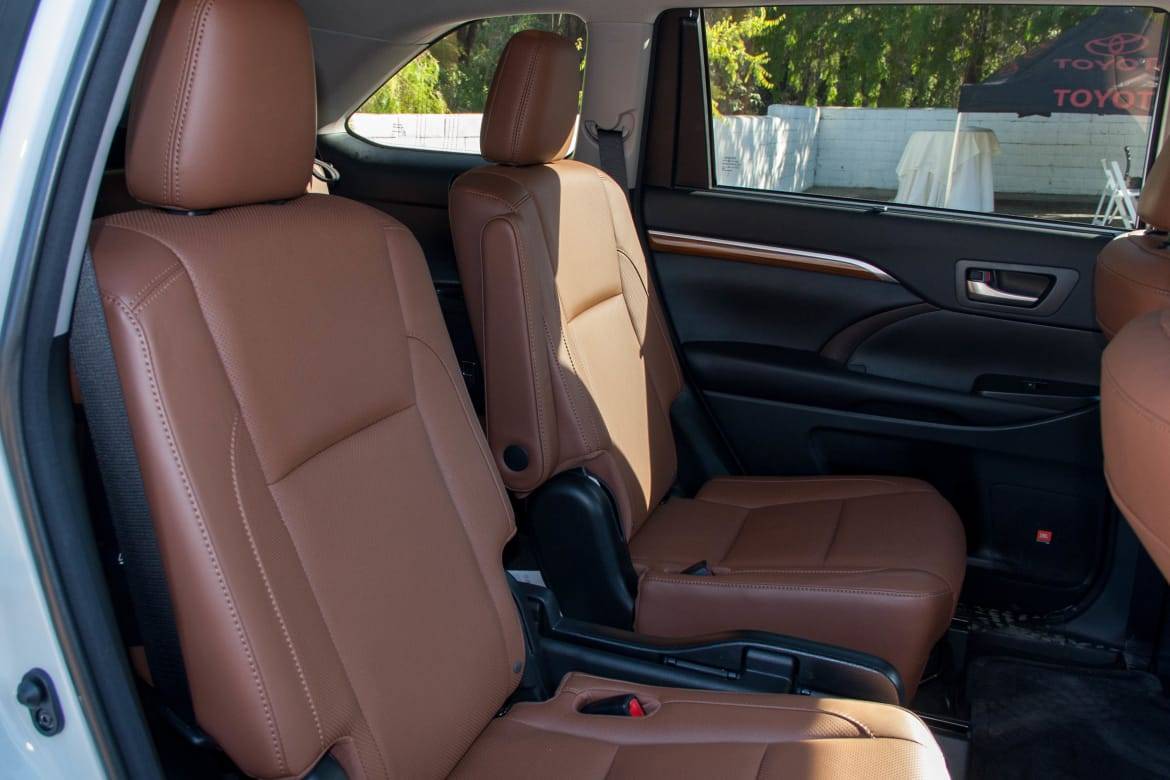
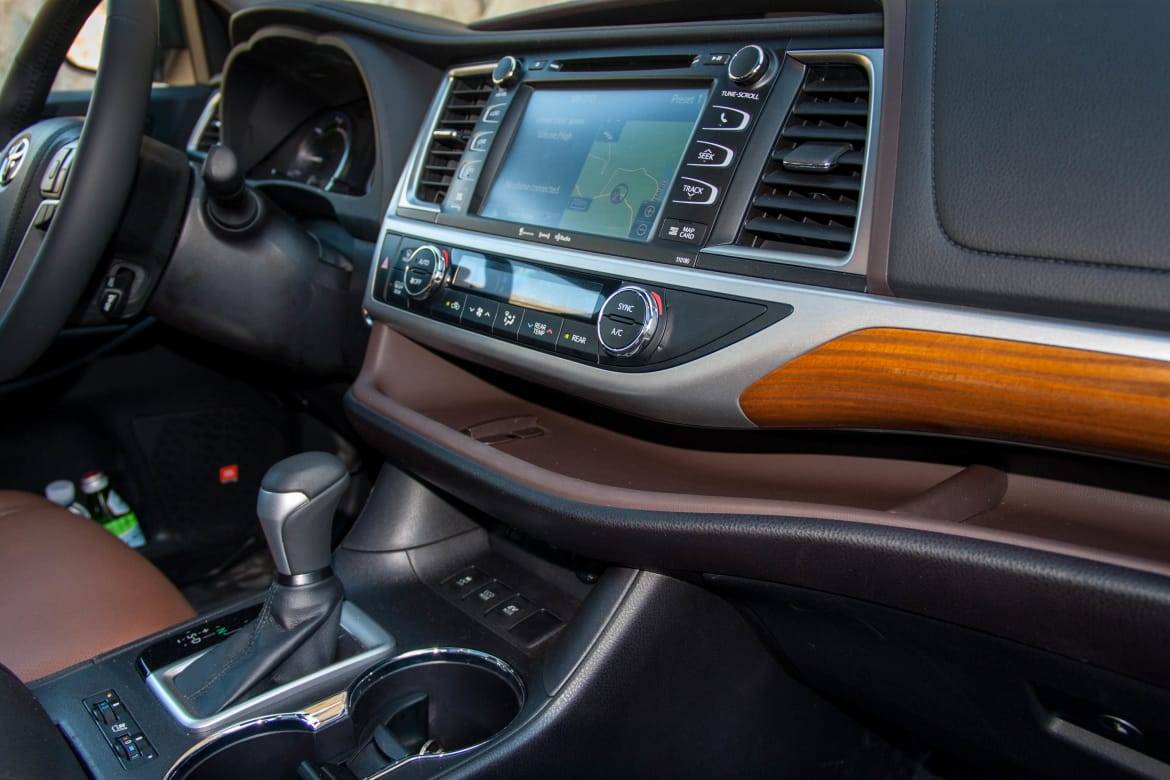
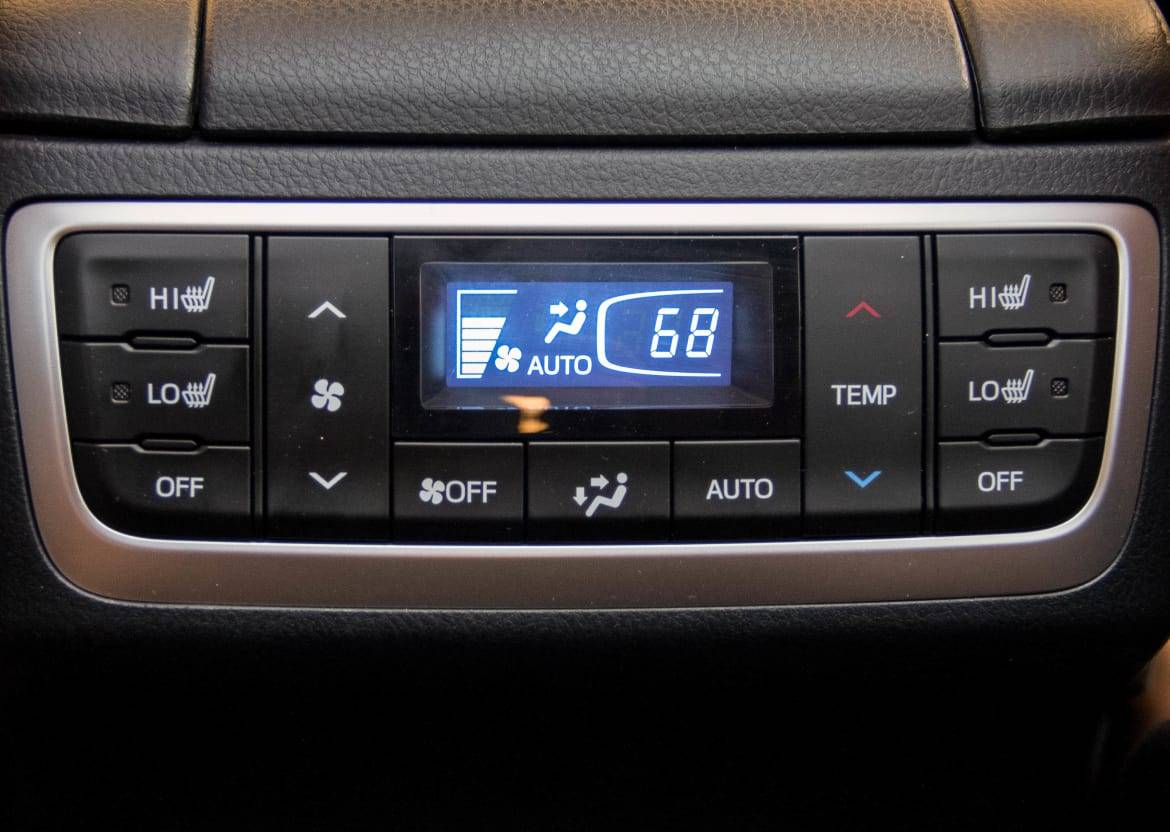
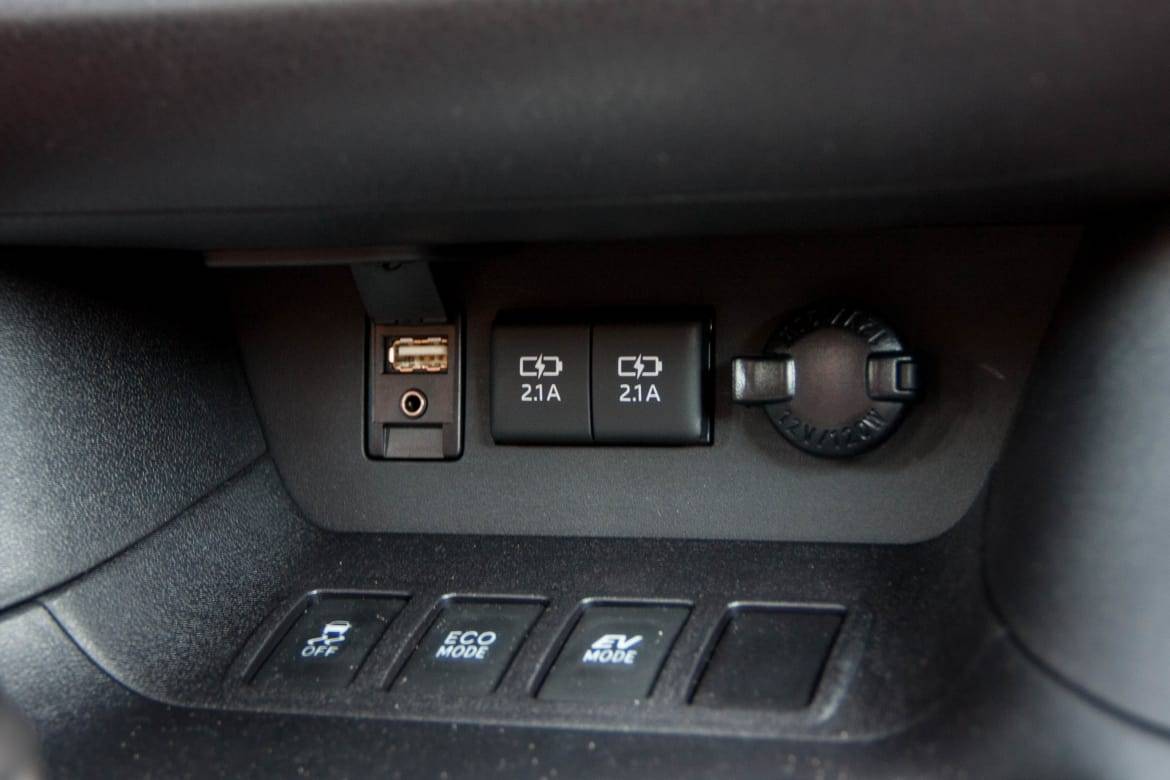















Former L.A. Bureau Chief Brian Wong is a California native with a soft spot for convertibles and free parking.
Featured stories


















